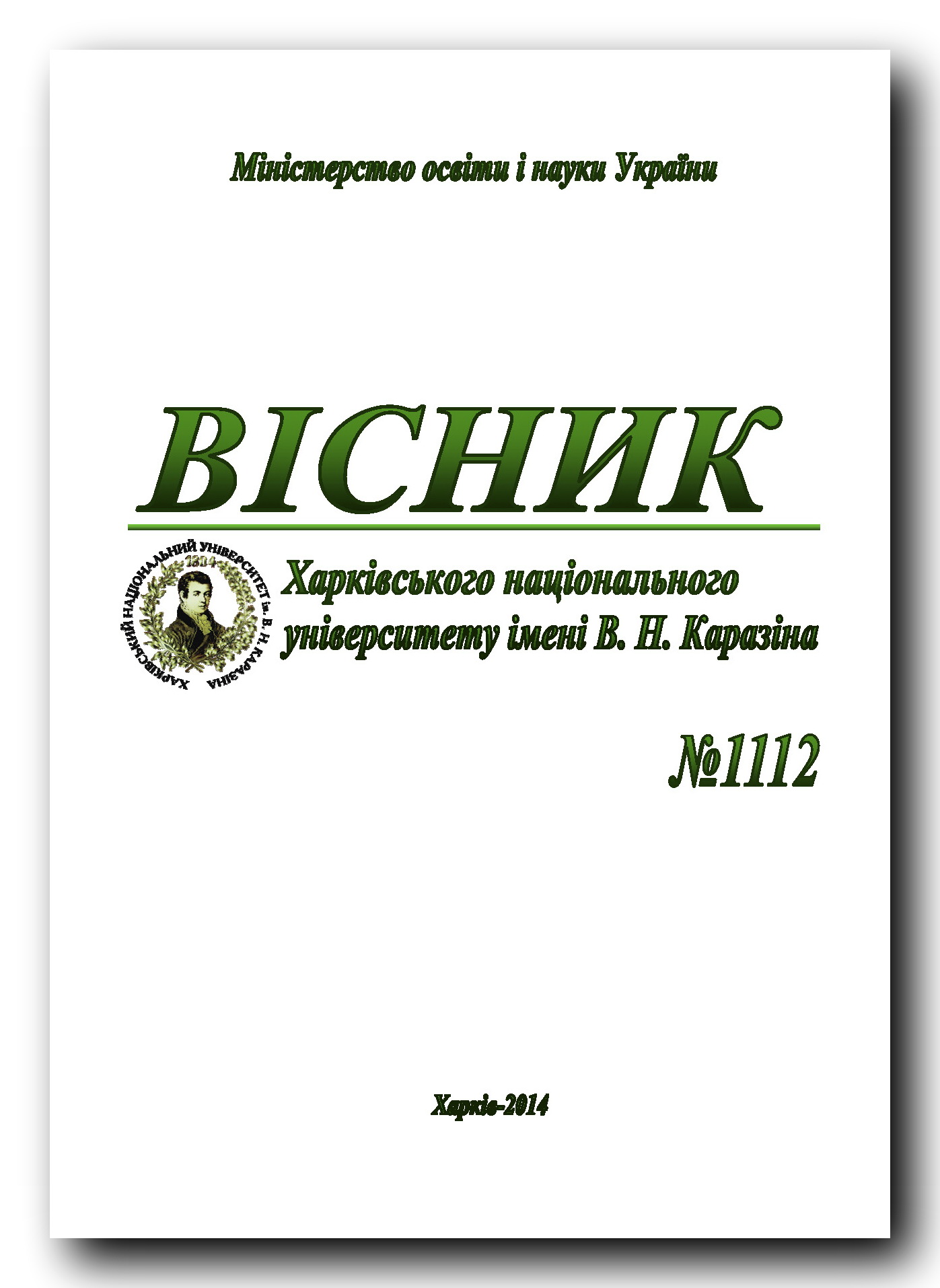Створення біотрансплантанта рогівки
Анотація
В останні роки в літературі розглядають трансплантацію культивованих стовбурових клітин як найбільш перспективний метод, що дозволяє впливати на хід репарації тканин організму людини. Офтальмологами вивчається можливість застосування в клініці нової технології, званої культивуванням ex vivo епітеліальних стовбурових клітин, яка дозволяє уникнути потенційних ускладнень, пов'язаних з пересадкою лімбального аутографта. Різними дослідниками in vitro та in vivo було продемонстровано, що амніотична мембрана може бути успішно використана в якості субстрату для культивування епітеліальних стовбурових клітин та їх подальшого застосування в лікуванні важкої патології поверхні ока. Особливості тканинного складу і функції амніотичної оболонки визначають ряд якостей, наявність яких приваблює дослідників і клініцистів до використання при лікуванні патології корнеальних, лімбальних і кон'юнктивальних епітеліальних покривів.
Завантаження
Посилання
Gorgiladze T.W., Ivanovskaya Ye.V. Keratoplasty as a method of rehabilitation of patients with corneal cataracts // Proc. Scientific and practical. conf. "Pathology of the optical media of the eye." – Ashgabat, 1992. – P. 33–34. (in Russian)
Grin V.K., Popandopulo A.G., Kavelina G.S. et al. Method for production of cultured limbal cells. Patent of Ukraine №65507. 12.12.2011. (in Ukrainian)
Demin Y.U, Limar I.L., Strona V.I. Preliminary results of the use of cryopreserved amnion in the treatment of diseases of the cornea // Materials of the X Congress of ophthalmologists of Ukraine. – Odessa, 2002. – P.30. (in Ukrainian)
Drozhzhina G.I., Ivanova O.N., Gaydamaka T.B. Model of neurotrophic keratitis. Patent of Ukraine. 2011. Priority reference №201106827. (in Ukrainian)
Kasparov A.A., Trufanov S.V. Using canned amniotic membrane for surface reconstruction of anterior segment // Bulletin Ophthalmology. – 2003. – №3. – P. 45–47. (in Russian)
Kasparov E.A. Treatment of recurrent corneal erosion // Bulletin of Ophthalmology. – 2009. – №3. – P. 55–57. (in Russian)
Popandopulo A.G., Kavelina G.S., Ivanova O.M, Drozhzhina G.I. Method of producing a monolayer of cultured limbal stem cells and corneal epithelium cells on amniotic membrane. Pat. Ukraine №87174 A61F9 / 00. Publish. 27.01.2014. Bull. №2. (in Ukrainian)
Novitsky I.Y. Amniotic membrane transplantation place in the treatment of corneal diseases accompanied by her neovascularization // Bulletin of Ophthalmology. – 2003. – №6. – P. 9–11. (in Russian)
Pasechnikova N.V., Ivanov O.N., Drozhzhina G.I. et al. The influence of culture on limbal epithelial cell regeneration processes in experimental corneal neurotrophic keratopathy // Filatov’s readings. Proceedings of the conference, dedicated to the 75th anniversary of the V.P.Filatov Institute. – Odessa, 2011. – P. 29–30. (in Ukrainian)
Azuara-Blanco A., Pillai C.T., Sarhan A., Dua H.S. Amniotic membrane transplantation for ocular surface reconstruction // Invest. Ophthalmol. Vis. Sci. – 1998. – Vol.39. – P.428.
Bonini S., Rama P., Olzi D., Lambiase A. Neurotrophic keratitis // Eye. – 2003. – Vol.17. – P. 989–995.
Davis E., Dohlman C. Neurotrophic keratitis // Int. Ophthalmol Clin. – 2001. – Vol.41. – P. 1–11.
Dua H.S, Gomes G., King A. The amniotic membrane in ophthalmology // Surv. Ophthalmol. – 2004. – Vol.49 (1). – Р. 51–77.
Francisco C.F. Amniotic membrane transplantation in ophthalmology // Focus. – Newcastle upon Tyne, 2000. – P.16.
Friend J., Kinoshita S., Thoft R.A. et al. Corneal epithelial cell cultures on stroma carriers // Invest. Ophthalmol. Vis. Sci. – 1982. – Vol.23. – P.41–49.
Kim J.C., Tseng S.C.G. Transplantation of preserved human amniotic membrane for surface reconstruction in severly damaged rabbit corneas // Cornea. – 1995. – Vol.14. – P. 473–484.
Koizumi N., Inatomi T., Quantock A.J. et al. Amniotic membrane as a substrate for cultivating limbal epithelial cells for autologous transplantation in rabbits // Cornea. – 2000. – Vol.19. – P. 65–71.
Koizumi N., Inatomi T., Suzuki T. Cultivated epithetial stem cell transplantation in ocular surface disorders // Ophthalmology. – 2001. – Vol.108 (9). – P. 1569–1574.
Lambiase A., Rama P., Aloe L., Bonini S. Management of neurotrophic keratopathy // Curr. Opin. Ophthalmol. – 1999. – Vol.10. – P. 270–276.
Lee S.H, Tseng S.C.G. Amniotic membrane transplantation for persistent epithelial defects with ulceration // Am. J. Ophthalmol. – 1997. – Vol.123. – P. 303–312.
Mackie I. Neuroparalytic keratitis // In: F.Fraunfelder, F.H.Roy, S.M.Meyer Current ocular therapy. – Philadelphia: WB Saunders, 1995. – P. 452–454.
Meller D., Pires R., Mack R., Figueiredo F. Amniotic membrane transplantation for acute chemical or thermal burns // Ophthalmology. – 2000. – Vol.107. – P. 980–990.
Pushker N., Dada T., Vajpayee R.B. et al. Neurotrophic keratopathy // CLAO J. – 2000. – Vol.27. – P. 100–107.
Sato H., Shimazaki J., Shinozaki K., Tsubota K. Role of growth factors for ocular surface reconstruction after amniotic membrane transplantation // Invest. Ophthalmol. Vis. Sci. – 1998. – Vol.39. – S.428.
Solomon A., Espana E., Tseng S. Amniotic membrane transplantation for reconstruction of the conjunctival fornices // Ophthalmology. – 2003. – Vol.110 (1). – P. 93–100.
Tsai R., Li L., Chen I. Reconstruction of damaged corneas by transplantation of autologous limbal epithelial cells // N. Eng. J. Med. – 2000. – Vol.343. – P. 86–93.
Tseng S.G, Tsubota K. Amniotic membrane transplantation for ocular surface reconstruction // In: Ocular surface diseases: medical and surgical management, ed. E.Holland and M.Mannis. – Springer, 2001. – P. 3–15.
Von Versen-Hoynck F., Hesselbarth U., Moller D. Application of sterilised human amnion for reconstruction of the ocular surface // Cell and Tissue Banking. – 2004. – Vol.5. – P. 57–65.
Автори залишають за собою право на авторство своєї роботи та передають журналу право першої її публікації на умовах ліцензії Creative Commons Attribution License 4.0 International (CC BY 4.0), яка дозволяє іншим особам вільно розповсюджувати опубліковану роботу з обов'язковим посиланням на авторів оригінальної роботи.




